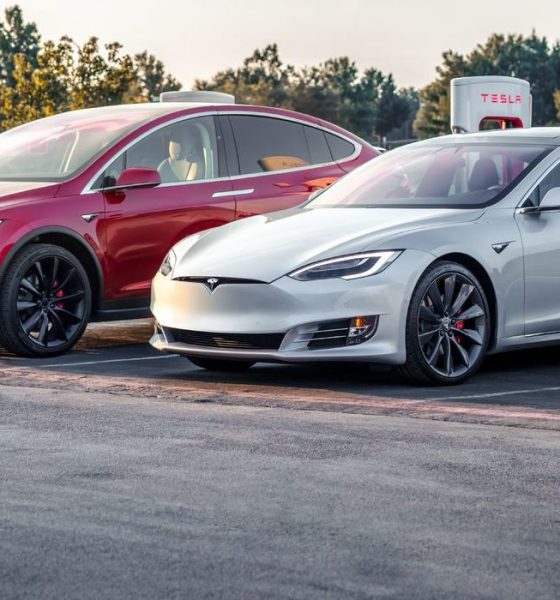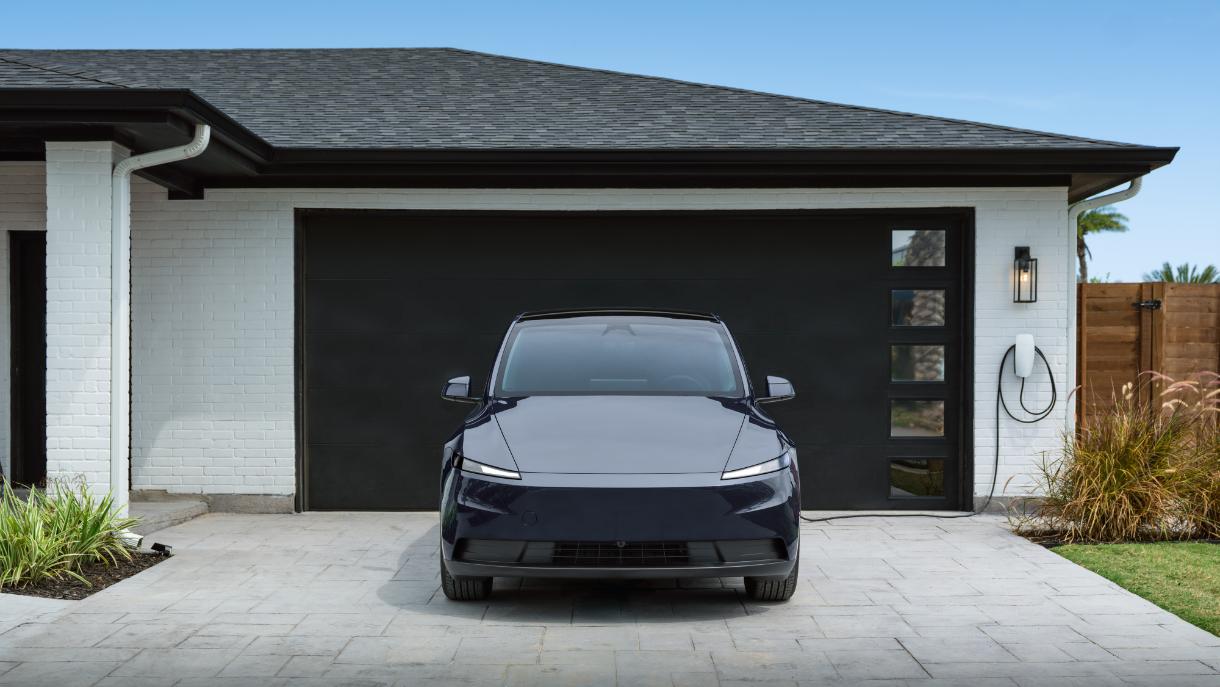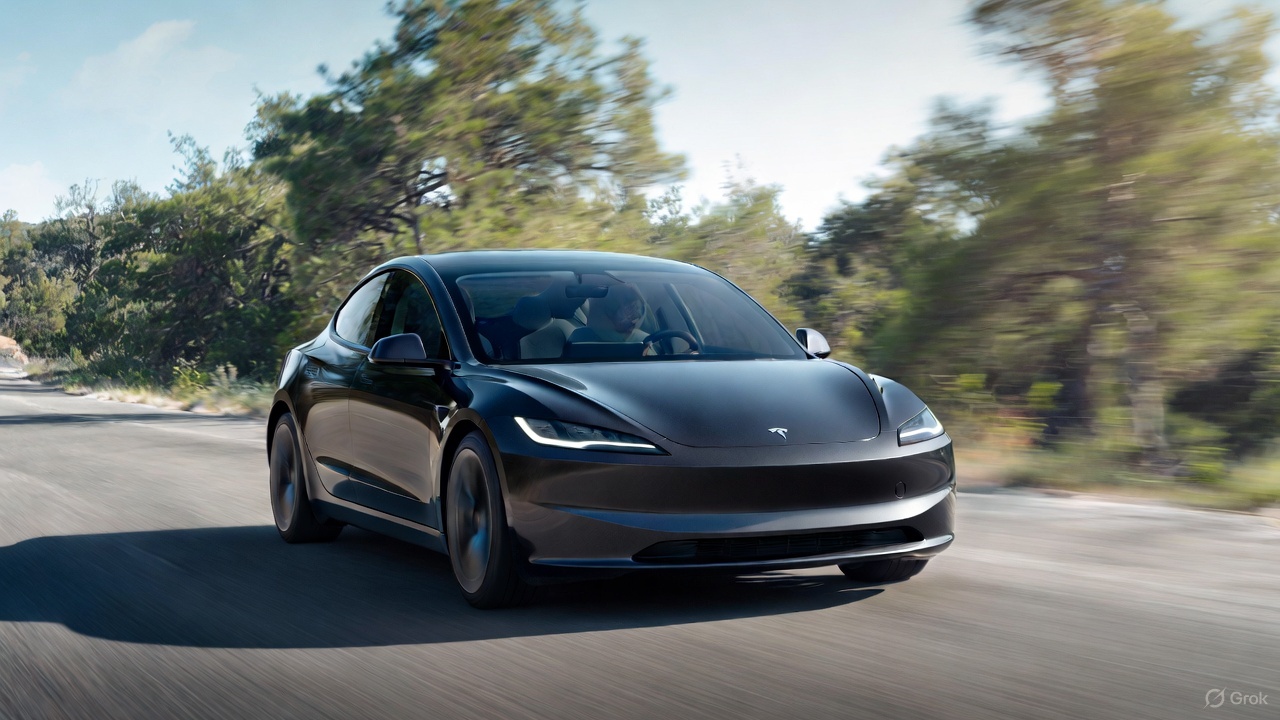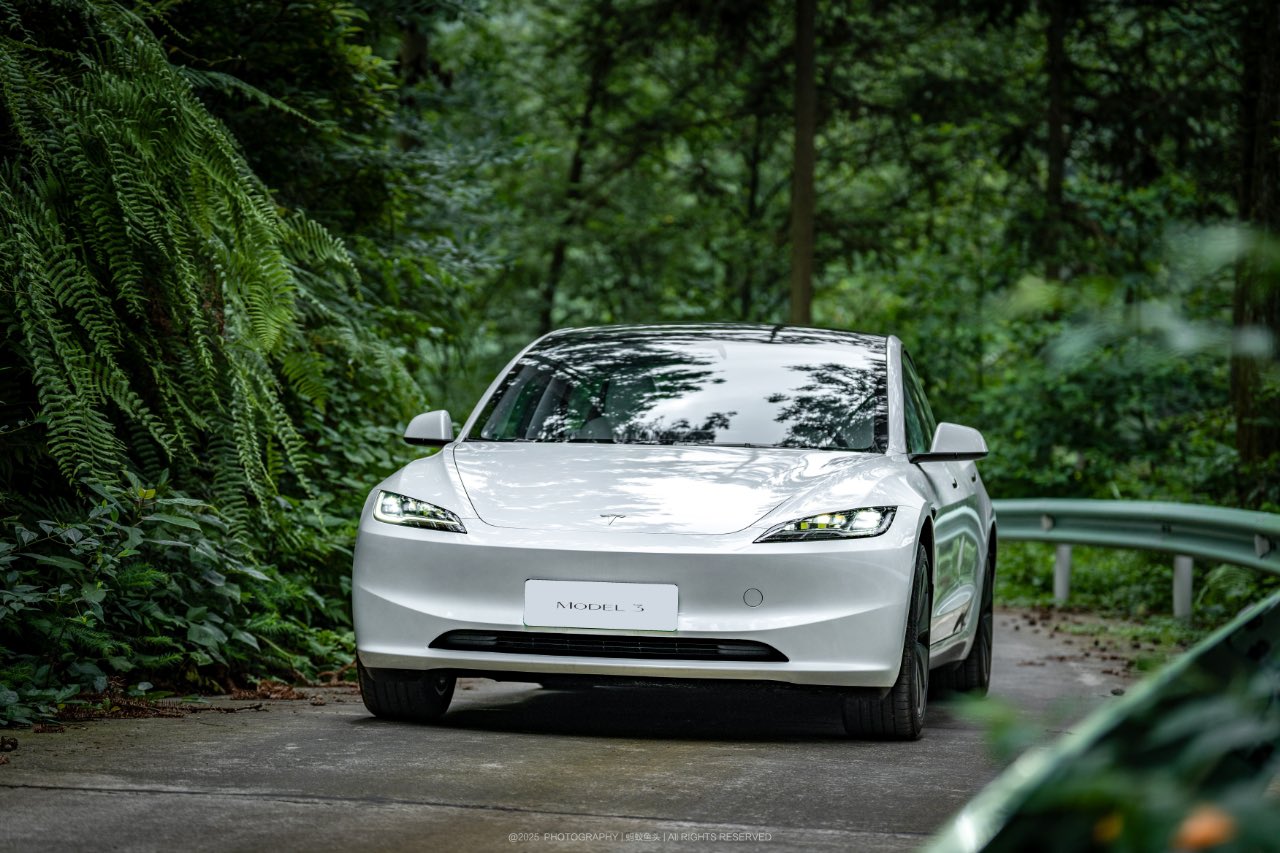

News
Tesla’s Q1 delivery results highlight the need for a Model S and Model X update
One of the most notable takeaways from Tesla’s Q1 2019 vehicle production and deliveries report was the steep decline in Model S and Model X sales. Over the course of the quarter, Tesla produced 14,150 Model S and X, a drastic drop from the 25,000 units that were manufactured last quarter. Deliveries of the flagship sedan and SUV also fell to 12,100 units. Under these circumstances, it appears that the time is now right for Tesla to start preparing for the release of an updated Model S and Model X.
A steep decline
Tesla did not provide a commentary behind the decline in Model S and X sales. This does not mean that the lower production and delivery figures of the vehicles were a complete surprise, as Tesla did shift a lot of its efforts in producing the Model S in favor of the Model 3 in Q1. The vehicles’ entry-level trim, the 75D variant, was also discontinued. Thus, the signs of a decline were already there. What was really surprising was the scope and gravity of the decline.
A possible explanation behind the Model S and Model X’s numbers in the first quarter may lie in the simple fact that the vehicles, particularly the full-size premium sedan, are getting long in the tooth. Tesla started producing the Model S in 2012, and the vehicle has pretty much stayed the same since then, save for a facelift when the Model X was released. Granted, improvements were rolled out to the Model S as soon as they were available, as noted by Elon Musk in a tweet, but design-wise, Tesla’s flagship sedan is still practically competing in the market with a nearly 7-year-old interior and exterior.

The Model 3’s immense success did not help the Model S’ case either. It should be noted that Tesla anti-sold the Model 3 after it was unveiled, with the company and Elon Musk asserting that the Model S was a superior vehicle. Now that the Model 3 is making a mark in several markets across the globe, it is becoming evident that the electric sedan is simply Tesla’s best bang-for-your-buck car. With Tesla’s latest hardware and batteries, the Model 3 is a solid choice. Other Model 3-specific features, such as Track Mode for the Performance variant, add to the vehicle’s attractiveness to car buyers.
The Model 3 is such a solid vehicle that it is starting to make the Model S a harder sell, at least in its present iteration. Granted, the Model S is larger, and it has more bells and whistles such as Smart Air Suspension and a second display, but these are luxuries that a significant number of car buyers will likely be willing to forego in exchange for savings associated with a Model 3 purchase. The Tesla Model Y appears set to do the same to the Model X as well, as the vehicle presents much of the premium SUV’s advantages in a smaller package, at a far more affordable price.
A better Model S and X in the Model 3 era
If Tesla wishes to rekindle the interest and justify the higher prices of its flagship sedan and SUV, it would be a good idea to introduce updated versions of the vehicles as soon as the company is able. These improvements can come in various forms, such as better range, significantly better performance, and a far more exquisite exterior and interior design. With these improvements in place, the Model S and X will not only have the advantage of larger cabin space and a handful of unique features over their more affordable stablemates. They will be vehicles that are truly, without a doubt, a class above the Model 3 (and the Model Y for that matter).

It’s not like Tesla does not seem to be preparing for a potential Model S and Model X update either. Last year, a patent application emerged depicting a Model S/X dashboard equipped with the Model 3’s clever and acclaimed HVAC system. Panasonic, Tesla’s battery partner, also announced last November that it is doubling down on its partnership with the electric car maker by bringing some of its Japan-based battery cell production activities to the United States.
In a statement to the Nikkei Asian Review, Panasonic stated that it will be bringing its operations that build the Model S and Model X’s 18650 cells over to a “US-based unit starting (next) April (2019).” Elon Musk noted during the Q4 earnings call that there are no plans to change the Model S and Model X’s batteries to 2170 cells. Perhaps improved 18650 cells are in order with Panasonic’s move to the US? One can hope.
At this point in Tesla’s history, it would probably be wise to temper expectations with regards to the Model S and Model X’s quarterly sales. Tesla is now at a point where it is pursuing the mass market, and the company is accomplishing this with the Model 3 (and later, the Model Y). The Model S and Model X will definitely still be the company’s flagships, but they will likely just see a sustained demand of perhaps 25,000 per quarter, and that’s completely fine. Both vehicles were brought to market to prove that electric cars can be better than their gasoline-powered counterparts. Both vehicles already accomplished their mission. The Model 3 and Model Y is proof of that.

News
Tesla Model Y Standard stuns in new range test, besting its Premium siblings
Tesla’s newer vehicles have continued to meet or exceed their EPA estimates. This is a drastic change, as every 2018-2023 model year Tesla that Edmunds assessed did not meet its range estimates.

The Tesla Model Y Standard stunned in a new range test performed by automotive media outlet Edmunds, besting all of its Premium siblings that are more expensive and more luxurious in terms of features.
Testing showed the Model Y Standard exceeded its EPA-estimated range rating of 321 miles, as Edmunds said it is the “longest-range Model Y that we’ve ever put on our loop.” In the past, some vehicles have come up short in comparison with EPA ranges; for example, the Model Y’s previous generation vehicle had an EPA-estimated range of 330 miles, but only drove 310.
Additionally, the Launch Series Model Y, the first configuration to be built in the “Juniper” program, landed perfectly on the EPA’s range estimates at 327 miles.
It was also more efficient than Premium offerings, as it utilized just 22.8 kWh to go 100 miles. The Launch Series used 26.8 kWh to travel the same distance.
It is tested using Edmunds’ traditional EV range testing procedure, which follows a strict route of 60 percent city and 40 percent highway driving. The average speed throughout the trip is 40 MPH, and the car is required to stay within 5 MPH of all posted speed limits.
Each car is also put in its most efficient drive setting, and the climate is kept on auto at 72 degrees.
“All of this most accurately represents the real-world driving that owners do day to day,” the publication says.
With this procedure, testing is as consistent as it can get. Of course, there are other factors, like temperature and traffic density. However, one thing is important to note: Tesla’s newer vehicles have continued to meet or exceed their EPA estimates. This is a drastic change, as every 2018-2023 model year Tesla that Edmunds assessed did not meet its range estimates.
Tesla Model Y Standard vs. Tesla Model Y Premium
Tesla’s two Model Y levels both offer a great option for whichever fits your budget. However, when you sit in both cars, you will notice distinct differences between them.
The Premium definitely has a more luxurious feel, while the Standard is stripped of many of the more premium features, like Vegan Leather Interior, acoustic-lined glass, and a better sound system.
You can read our full review of the Model Y Standard below:
Tesla Model Y Standard Full Review: Is it worth the lower price?
News
Xpeng CEO: Tesla FSD 14.2 has developed “near-Level 4” performance
While acknowledging that imperfections remain, the Xpeng CEO said FSD’s current iteration significantly surpasses last year’s capabilities.

Xpeng CEO He Xiaopeng has offered fresh praise for Tesla’s Full Self-Driving (FSD) system after revisiting Silicon Valley more than a year after his first hands-on experience.
Following extended test drives of Tesla vehicles running the latest FSD software, He stated that the system has made major strides, reinforcing his view that Tesla’s approach to autonomy is indeed the proper path towards autonomy.
Tesla FSD closing in on Level 4 driving
During his visit, He test-drove a Tesla equipped with FSD V14.2. He also rode in a Tesla Robotaxi. Over roughly five hours of driving across Silicon Valley and San Francisco, He said both vehicles delivered consistent and reassuring performance, a notable improvement from his experience a year earlier.
According to He, Tesla’s FSD has evolved from a smooth Level 2 advanced driver assistance system into what he described as a “near-Level 4” experience in terms of capabilities. While acknowledging that imperfections remain, the Xpeng CEO said FSD’s current iteration significantly surpasses last year’s capabilities. He also reiterated his belief that Tesla’s strategy of using the same autonomous software and hardware architecture across private vehicles and robotaxis is the right long-term approach, allowing users to bypass intermediate autonomy stages and move closer to Level 4 functionality.
He previously tested Tesla’s FSD V12.3.6 and Waymo vehicles in California in mid-2024, noting at the time that Waymo performed better in dense urban environments like San Francisco, while Tesla excelled in Silicon Valley and on highways.
Xpeng’s ambitious autonomy roadmap and internal challenge
The Silicon Valley visit also served as a benchmark for Xpeng’s own autonomy ambitions. He stated that Xpeng is looking to improve its VLA autonomous driving system to match the performance of Tesla’s FSD V14.2 within China by August 30, 2026. Xpeng is poised to release its VLA 2.0 smart driving software next quarter, though He cautioned that the initial version will not be able to match FSD V14.2’s capabilities, as noted in a CNEV Post report.
He also added a personal twist to the goal, publicly challenging Xpeng’s autonomous driving team. If the performance target is met by the 2026 deadline, the CEO stated that he will approve the creation of a Chinese-style cafeteria for Xpeng’s Silicon Valley team. If not, Liu Xianming, head of Xpeng’s autonomous driving unit, has pledged to run naked across the Golden Gate Bridge, He noted.
News
Another Tesla Model 3 variant sold out for January 2026 in China
A look at Tesla China’s order page shows that new Model 3 LR RWD orders now have an estimated delivery date of February 2026.

Another Tesla Model 3 variant in China appears to have sold out for January 2026, with the vehicle now showing an estimated delivery date of February 2026 for new orders. This bodes well for the all-electric sedan, which has maintained notable sales despite more affordable rivals like the Xiaomi SU7 and its crossover sibling, the Model Y.
Model 3 LR RWD joins February 2026 queue
A look at Tesla China’s order page for the all-electric sedan shows that new Model 3 Long Range Rear Wheel Drive orders now have an estimated delivery date of February 2026. Priced from RMB 259,500 ($36,810), the LR RWD sits as the second-lowest-priced trim in Tesla China’s four-variant Model 3 lineup. The move follows a similar delivery timeframe for the Model 3 Performance, which remains the most expensive option for the vehicle, as noted in a CNEV Post report.
The estimated delivery dates of the two remaining Model 3 variants remain unchanged for now. The base RWD version, starting at RMB 235,500, and the LR AWD variant, priced from RMB 285,500, both continue to list estimated delivery times of 4-6 weeks. Tesla China, for its part, has continued to list in-stock Model 3 vehicles and is actively encouraging buyers to select inventory units for delivery before the end of the year.
Model Y delays and policy shifts
Delivery timelines for the Model Y in China are also stretching into 2026. All customized Model Y variants now show February 2026 as their estimated delivery date, except for the entry-level version, which still lists January 2026. Tesla has been urging customers since November to prioritize purchasing inventory vehicles, a push aimed at maximizing year-end deliveries.
Timing matters for Chinese buyers due to upcoming changes in government incentives. China’s new energy vehicle purchase tax exemption will be scaled back in 2026, which means customers who take delivery next year could face higher tax costs compared to those who are able to receive vehicles before the end of the year.
As per data from the China Passenger Car Association, Tesla recorded retail sales of 73,145 vehicles in November, down 0.47% year over year. From January through November, Tesla’s retail sales in China totaled 531,855 units, a 7.37% year-over-year drop.








